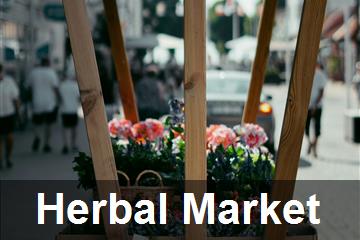
04 ott 2024
The global herbal market has seen a 24% growth from 2021 to 2023, reaching $200 billion.
In Italy, the sector has surpassed 800 million euros, driven by essential oils, spices, and medicinal plants.
Despite the growth, challenges such as fragmented production and labor shortages persist.
Emilia Romagna exemplifies this growth with an 82% increase in cultivation area.
Italy, while importing 72% of its botanical raw materials, excels in exporting high-value products like essential oils and oregano.
The demand from major markets like India and China for quality herbs presents a significant opportunity for Italy.

Global Market Expansion
The herbal market has experienced significant growth globally, with a 24% increase between 2021 and 2023, reaching a valuation of $200 billion. This surge is attributed to the rising interest in natural foods, botanical beverages, and dietary supplements, with Europe leading in consumption.Italian Market Dynamics
In Italy, the herbal sector has exceeded 800 million euros, primarily due to the demand for essential oils, spices, and medicinal plants. The Italian Federation of Medicinal Plant Producers (Fippo) reports a 23% increase in business over the past five years, driven by both price hikes and market demand. However, the supply struggles to meet this demand due to fragmented production and labor shortages.Regional Growth in Emilia Romagna
Emilia Romagna has seen an 82% increase in cultivation areas over eight years, with a significant rise in operators. Most are small-scale enterprises focusing on short supply chains, while larger companies are few but contribute to international markets.Italy's Export Strength
Despite importing 72% of its botanical raw materials, Italy is a notable exporter of high-value products like citrus essential oils and Sicilian oregano. The global demand, especially from India and China, for quality herbs presents a promising opportunity for Italian producers.Challenges and Opportunities
The Italian herbal sector faces challenges such as speculative practices and market saturation, particularly in lavender production. However, Italy's diverse agricultural landscape and established farming practices position it well to capitalize on the growing demand for quality herbs.Further Insights
- The impact of global market trends on local producers
- Strategies for overcoming production and labor challenges
Potential Opportunities
- Expanding export markets for high-quality Italian herbs
- Developing sustainable and scalable production models
- Leveraging Italy's diverse climate for a wider range of herbal products
